
- Éducation
5 mistakes with AI and how to avoid them!
Introduction
Hello everyone, it’s S. K. from E-newcademy!
Today we’re going to talk about the 5 mistakes to avoid when using generative AI.
Since the launch of ChatGPT in November 2022, artificial intelligence applications have surged, transforming fields like AI in healthcare, AI in business, and artificial intelligence in content creation.
AI brings a real boost to our daily lives, whether for image retouching, coding, personal development or content creation.
Many companies are increasingly adopting AI in their services, such as chatbots for customer service or technical support.
On the other hand, experts in the field are warning about the way we use AI.
Artificial intelligence is a powerful tool, but it’s not a cure-all. To maximize its potential in areas like data analytics and artificial intelligence or AI automation, approach it thoughtfully.
You might wonder how artificial intelligence for beginners relates to AI for beginners. Our courses at E-newcademy show you how to leverage AI programming languages and tools effectively.
1. Generative AI is not a substitute for knowledge or skill.
Today, it’s very easy to obtain high-quality information using a prompt and getting the result through AI.
Using generative AI can feel empowering, but it doesn’t instantly replace expertise in fields like AI programming with Python or artificial intelligence in cybersecurity.
The truth? It’s just the opposite!
As proof, I can tell you the story I found on Reddit (“I can’t code without AI”).
The person in question has a master’s degree and experience in the field of computer science and testifies that he absolutely can’t code without using AI.
The real problem here? It’s the lack of hindsight and of the human mind, which is crucial and complementary.
Even AI chatbots can misinterpret prompts, requiring multiple corrections. With skills in artificial intelligence and machine learning, you can refine outputs efficiently.
Corrections can be made quickly after the result obtained by the AI (which is especially true in code, by experience).
It’s worth remembering that an AI may not have the full context of the situation the way you see it.
Skills in AI and data science let you complement artificial intelligence applications, enhancing your work rather than relying solely on tools like AI chat GPT.
Need to make a business decision? Don’t let AI decide for you. Instead, brainstorm and draw your own conclusions.
2. Using AI to chaotically replace any service
If new technologies are primarily designed to offload time from humans to be more efficient and productive, there are times when providing tasks to AI is a bad idea.
Artificial intelligence in business requires careful integration. Human oversight is key to minimizing errors in conversational AI or AI-powered chatbots, and some tasks are better left to humans.
For example: Klarna is a famous case of a chatbot implementation that went wrong for its customer service department.
The company replaced its employees with a customer chatbot, and guess what?
The quality of customer service plummeted, resulting in a loss of customer confidence, which in turn had an impact on Klarna’s KPIs.
Klarna’s AI chatbot delivered generic responses, frustrating customers who craved the human touch essential for conversational AI.
As a result, they had to rehire humans to boost support quality.
It’s worth remembering that the human relationship is essential, especially in business, as it can be an element of differentiation.
Customers need to be understood and supported by someone who understands them, not by a machine that provides pre-recorded answers.
Customer relations are a key skill for success at all times!
3. Using generative AI haphazardly without training
You can use generative AI out of curiosity. I’ve been there, too, and it’s fun and exciting at first, a wonderful discovery.
But at some point, you run the risk of stagnating and potentially missing out on great AI features.
We often think of ChatGPT and written answers, or image generation when we talk about AI.
But AI can be used for much more than that: from prototyping for your website, to cybersecurity, image repair, data analysis and scraping!
Different AIs excel in specific areas. For instance, Websim is ideal for AI website prototyping, while AIapply streamlines artificial intelligence in recruitment.
Performing with AI?
It can be learned and is accessible to all.
You might even consider investing a few dozen dollars to get up to speed with AI and make a difference.
Take a look at the various training courses here, for example, if you ever want to acquire a monetizable skill.
4. Don’t pay attention to the data you give the AI
You can use AI as a personal assistant or as a psychiatrist.
Many people confide in generative AI because they need support in their lives, which is a good thing in the first place.
However, some AIs don’t necessarily respect privacy rules, and some have been criticized for this.
Nevertheless, solutions like CamoCopy can enable you to use some reliable AIs with a layer of security for your privacy.
Indeed, it’s worth remembering that generative AIs are also required to comply with RGPD laws.
The problem is that your information can be included in databases without your knowledge.
This presents a risk because they can be hacked, sold or used without your consent.
An even more complete case is META.
META has both its famous social networks and its AI!
The risk? Meta may use your photos to train its artificial intelligence technologies without explicit consent. Learn how to protect your data under ethical AI guidelines.
With ChatGPT AI chatbot, you can delete conversations or use ephemeral chats to safeguard your privacy, aligning with ethical AI.
5. Thinking you’re an AI expert since you’ve used AI and done generative AI training
A wave of “AI experts” and “AI influencers” has swept across social networks, including linkedin.
Some of them can give good tips and tricks on generative AI, which is great for learning more.
What’s the problem?
Some claim expertise in generative AI, but true mastery involves understanding AI and machine learning, rtificial intelligence deep learning, and AI ethics.
The real experts in AI are also those who have trained in the field and developed it through RAG, ML and deeplearning.
Being an AI expert takes time and experience, it’s broad and there’s a lot to do before you get an AI chatbot.
We all have different levels of knowledge in this field, and I myself can’t claim to be an AI expert, even though I talk to you about it.
I can guide you on generative AI, training, techniques, and future of artificial intelligence to help you navigate the AI job market.
But our partners’ teachers on the courses presented by E-newcademy could tell you a lot about AI.
Conclusion
Artificial intelligence is here to stay, evolving rapidly. To unlock its true potential in AI in business or artificial intelligence for social good, use it strategically with proper training.
That’s where structured learning makes a big difference.
At E-newcademy, we believe that anyone, yes, anyone can learn to use AI to improve their workflow, boost productivity, and even create new career opportunities. You don’t need a PhD in machine learning to get started. What you need is the right guidance, practical examples, and clear instruction from people who’ve been there before.
Whether you’re curious about AI for beginners, aiming to enhance your skills, or transitioning to anartificial intelligence and data science, E-newcademy’s courses guide you step-by-step.
From mastering ChatGPT prompts to understanding the basics of deep learning, each course is built to be accessible and useful in real-life situations.
So, what’s stopping you?
Explore our free resources or dive into a certification that matches your pace and goals. Learning AI isn’t just about keeping up; it’s about preparing for the future.
Start your AI journey today with E-newcademy. The best way to stay ahead is to start now.
© 2025 E-newcademy SASU All rights reserved.



